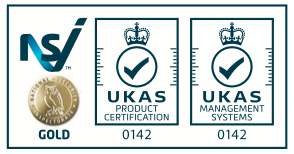|
Fixed Wiring Testing
Electrical Installation Condition Report (aka "Periodic Inspection Report / Fixed Wiring Testing") In 2012 the Electrical Installation Condition Report (EICR) was introduced to replace the Periodic Inspection Report. Each year we carry out over a thousand inspection and tests on existing electrical installations. Fixed Wiring Testing is another name for the type of testing involved in the Electrical Installation Condition Report and we are frequently asked about Fixed Wiring Testing so we've added some detailed information below.
|
|
Documentation
|
We provide an Electrical Installation Condition Report as per BS7671:2011 on completion of the inspection and testing work. This report will detail any observations and recommendations for the electrical installation in accordance with BS7671:2011. This report can be forwarded to you by post or email after the testing (see below for new policy)
Please Note - As from 28th May 2013 we have introduced a new policy regarding electrical reports/certificates. If the work/testing we do for you requires a report/certificate to be produced then these documents will only be forwarded to you when we have received cleared funds/payment for the work carried out. Unfortunately incidents of customers receiving reports/certificates and then not paying for the work has resulted in us introducing this new policy. Speak to our job booking team if you require anymore info on this new policy. |
|
How Do I Book A Job / Request An Estimate?
|
Our job booking team are experienced in the services we provide and will be happy to discuss your individual requirements.
Please phone 01786 813916 or book / enquire online. |






